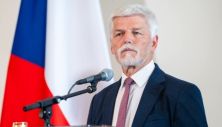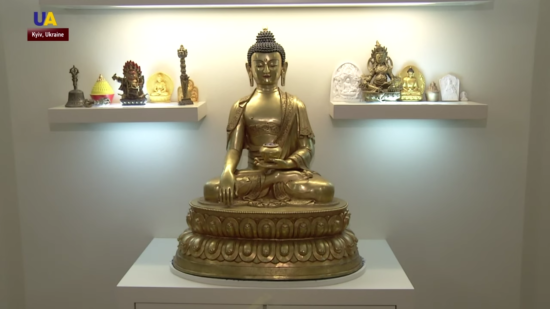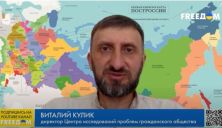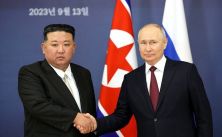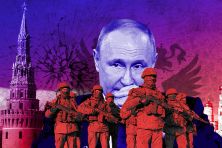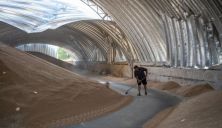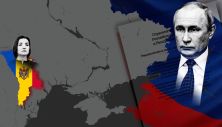The first Buddhists in Ukraine were the Kalmyks, who profess Buddhism. They had regular contact with the Cossacks from the 16th to the 17th century. Now, Ukraine has some 59 registered Buddhist communities. The largest one belongs to the Tibetan tradition.
Oleksandr Rybin, who has been practicing Tibetan Buddhism for 25 years, says that minds are immortal.
“Buddha understood what our mind is. This is called the Buddhahood, or the state of being awakened,” he said.
In the Karma Kagyu sub-school of Tibetan Buddhism, it is believed that these awakened people can also live in modern times. These are “Karmapas” or heads of the school.
“When the first Karmapa realized that he was dying, he said, ‘In a certain village, you will find a boy who will say that he is a Karmapa.’ So it was. They found that boy and he became the second Karmapa. Now, you can see the 17th Karmapa,” Rybin said.
Svitlana Yevseyeva says that Buddhism changed her life. She’s become more patient and thoughtful.
“Buddhism is a religion based on experience, not a religion based on faith. Here you can see, feel, and ask questions on your own. There is no god. Buddha was not a god. He was a man,” she said.
To Maksym Zakhliebayev, Buddhism is not a religion. Over his four years of practice, Zakhliebayev said he learned how to achieve balance — with the help of mantras.
“This is malas, consisting of 108 beads. It is used during meditations when a mantra is recited. We repeat the same phrases. Mostly in Tibetan. Thanks to this, you perceive things as they are,” he said.
For Buddhists, heaven and hell are not places but concepts in the mind.
“Buddha says that paradise and hell are not somewhere in heaven or underground. This is a condition that is between our ears or between our ribs. It depends on where we imagine our mind,” Rybin said.
Although the first Buddhist religious community in Ukraine was officially registered in Donetsk in 1991, Buddhism appeared on its territory much earlier.
In 2017, there were 59 Buddhist religious communities in Ukraine. Today, this number continues to grow.
